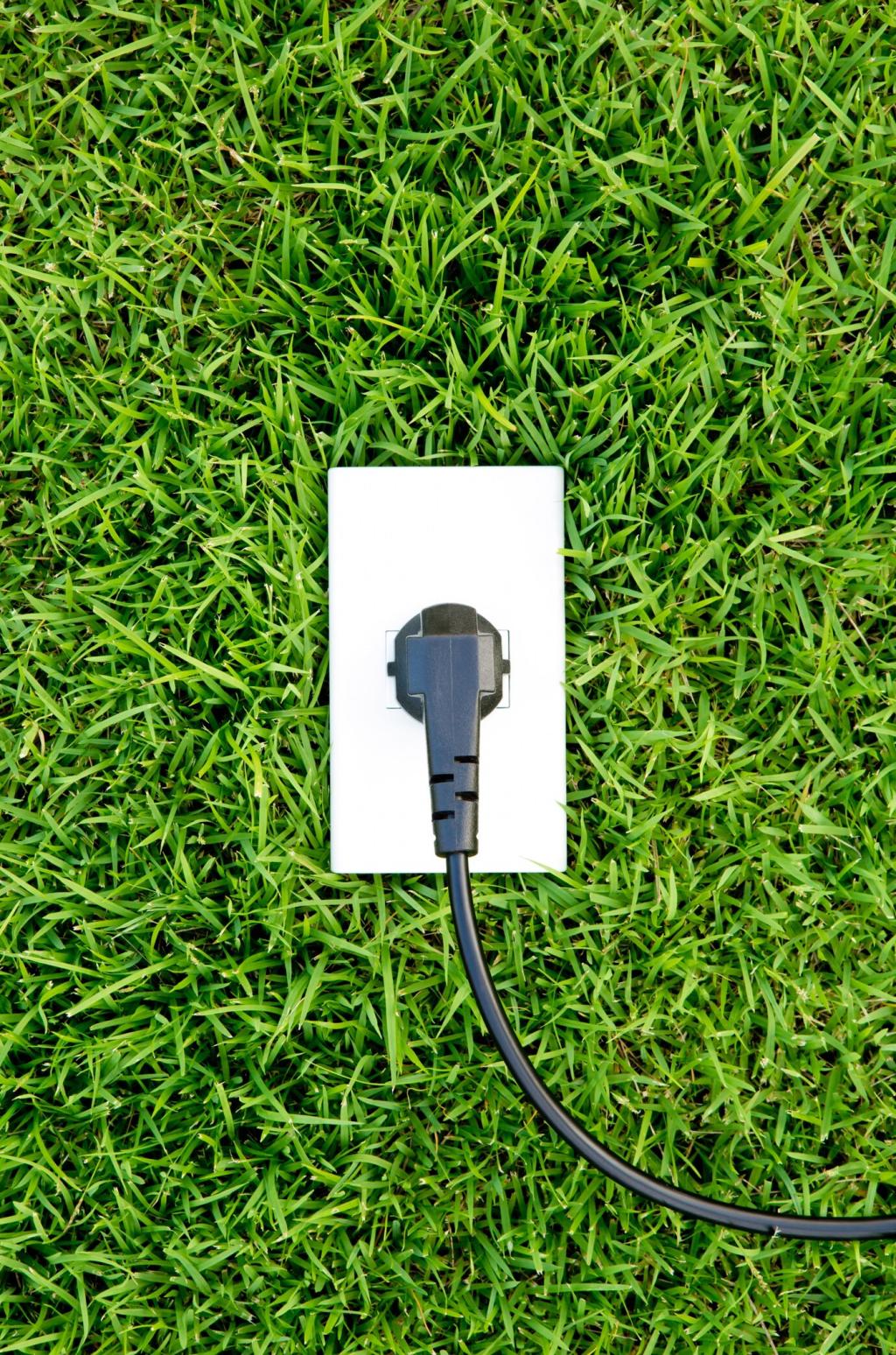Stay Cozy, Spend Less: Winter-Proofing Your Home
Chosen theme: Winter-Proofing Your Home: Energy-Saving Tips. Welcome! Together we’ll turn cold snaps into cozy nights with strategies that cut waste, trim bills, and keep every room warm. Subscribe for checklists, smart routines, and honest stories from everyday homes like yours—and share your own winter wins with our community.


On a windy evening, walk your home with an incense stick or tissue. Watch for smoke or paper flutter near baseboards, outlets, window trim, and attic hatches. My friend Ellie found a chilly leak behind a bookcase; thirty minutes with foam gaskets later, her living room felt calmer and warmer.

Choose durable options: V-strip for window sashes, adhesive foam for uneven gaps, silicone gaskets for long-life door seals, and sturdy door sweeps for thresholds. Clean surfaces thoroughly, measure twice, and press firmly for a continuous seal. It’s an afternoon project with a season of quieter rooms and notably lower drafts.

Pick paintable acrylic latex with silicone for flexibility, and bring backer rod for wider cracks. Lay a steady bead, then smooth with a damp finger or tool for clean lines. A neighbor sealed trim gaps for under twenty dollars and swears the hallway stopped feeling like a wind tunnel overnight—comment if you’ve tried this.
Insulation That Pays You Back Every Cold Month
If your attic looks sparse, aim for R-38 to R-60 in colder climates. Blow-in cellulose or fiberglass batts work well when installed carefully, with baffles keeping soffits clear. One reader boosted attic insulation and saw about fifteen percent lower heating costs. Share your before-and-after pictures and what surprised you most.


Insulation That Pays You Back Every Cold Month
Seal rim joists with foam board and spray-foam edges, then add a continuous vapor barrier over soil. This stops cold air and dampness from creeping into living areas. After a Saturday project, our own basement floor felt ten degrees warmer. Subscribe if you want a checklist for materials, safety gear, and step-by-step order.

Heat Smarter, Not Harder
Annual tune-ups clean burners, check combustion safety, and verify efficiency. Swap filters regularly—MERV 8 to 11 is a practical sweet spot for many systems. We saw five to fifteen percent improvement after a dusty filter change, and a clunking boiler quieted after a bleed and pressure check. Share your maintenance wins.
Heat Smarter, Not Harder
Set a sensible schedule with gentle setbacks: one to two degrees can save noticeable energy without morning chills. Avoid big swings that force long, inefficient recovery cycles. Remote sensors reduce cold-room complaints, and geofencing helps when your routine shifts. What’s your ideal nighttime setpoint? Compare notes and comfort levels below.

Moisture and Air Quality Without Wasting Heat
Ventilate Right Where It Matters
Use kitchen and bath fans during and after moisture-heavy activities. A simple timer switch keeps air moving without forgetting. In tighter homes, consider a heat recovery ventilator to bring in fresh air while capturing warmth. We noticed fewer window fog issues after adopting this routine—what changes did you see?
Humidity: The Cozy Middle Ground
Aim for roughly thirty to fifty percent indoor humidity in winter. A cheap hygrometer helps you steer between dry noses and window condensation. Maintain humidifiers weekly to avoid mineral buildup and musty odors; vinegar and gentle brushes work wonders. With balanced humidity, lower thermostat settings still feel surprisingly comfortable on chilly mornings.
Fresh Air Without Big Heat Loss
Try short, intentional ‘purge’ bursts: open a window widely for a couple minutes to swap stale air, then close quickly. Use trickle vents or micro-vent settings for steady background flow. Storm windows help, too. Track results with an air quality sensor and report back—does your home smell fresher without turning up the heat?
Daily Habits That Multiply Savings
01
Close doors to little-used rooms, add draft stoppers, and concentrate warmth where family gathers. Consider a certified space heater only when supervised, and try a heated throw instead of raising the thermostat. One game night in a snug corner beat heating the whole house. Tell us your favorite warm zone setup.
02
Time baking and roasting for late afternoon, letting residual oven heat boost nearby spaces after dinner with the door safely closed. Air-dry laundry indoors when humidity is low, and open south-facing shades for solar warmth. These humble habits feel old-fashioned, yet they add up every cold week without spending a cent.
03
Track your usage—kilowatt-hours, therms, or oil deliveries—and post weekly progress. Share one new winter-proofing action each week, from caulking to thermostat tweaks. We’ll highlight your smart ideas in future posts and seasonal guides. Subscribe, invite a neighbor, and let’s build momentum that lasts beyond the first snowfall.
